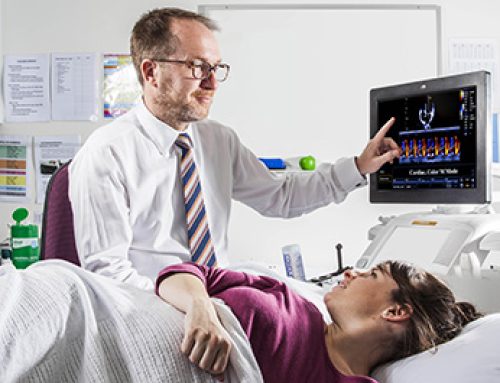Machine-learning delivers timely outcomes for injury surveillance
By Dr Jesani Catchpoole

As the COVID-19 pandemic hit in 2020, there was an urgent need for the Queensland Injury Surveillance Unit (QISU) to provide a report assessing the impact of lockdowns and other community restrictions on injury patterns. Such reports would typically require 6-12 months of coding and data validation before the report was able to be produced.
Fortunately, in the years before the pandemic, QISU had been collaborating with partner researchers from QUT, the Jamieson Trauma Institute and Purdue University to develop an automated means of classifying injury data via machine learning. As the pandemic unfolded, QISU commenced trials on the newly developed tool to assist human coders in their manual coding and validation activities.
The machine learning tool (the machine classifier) analysed the text descriptions in the injury records entered by nurses for patients who presented at emergency departments for injury treatment. The tool was trained using almost two decades of injury data which had previously been classified by human coders. The results of this work have been published in a number of scientific journals.
In order to meet the time-sensitive needs arising from the sudden and evolving pandemic, the machine classifier was used to categorise approximately 150,000 emergency department injury records in under an hour – a task that would ordinarily take months of manual labour for a human coder averaging 400 records per day. The classifier was able to automatically assign meaningful injury categories that were able to be compared between pre-pandemic (2019) and intra-pandemic (2020) periods.
One of the major findings from the data revealed an increase in motorcycle and bicycle-related injuries during the lockdown and post-lockdown periods. These findings were passed on to the relevant government departments to help inform their targeted response to specific areas of concern. This in turn resulted in further research and investigations to address the emerging trends.
In a paper published in the Applied Clinical Information Journal recently, the machine classifier’s adoption into the organisation’s workflow was evaluated, assessing accuracy and time-saving outcomes. While the organisation continues to manually review every injury record, the tool has been adopted as a coding decision support tool, delivering a 10% reduction in manual coding times. When manual coding has been assisted by the tool, accuracy of injury classification has also increased by as much as 9%.
The project team are encouraged by the outcomes of the trial, having demonstrated the significant potential of machine learning in delivering near real-time injury surveillance for emerging hazards.







